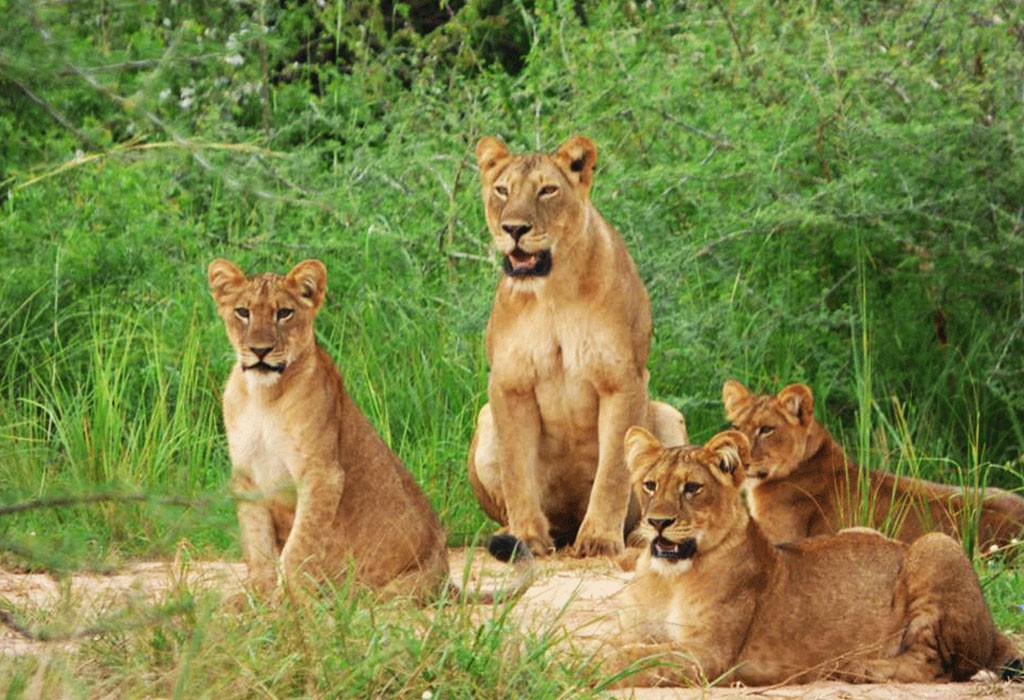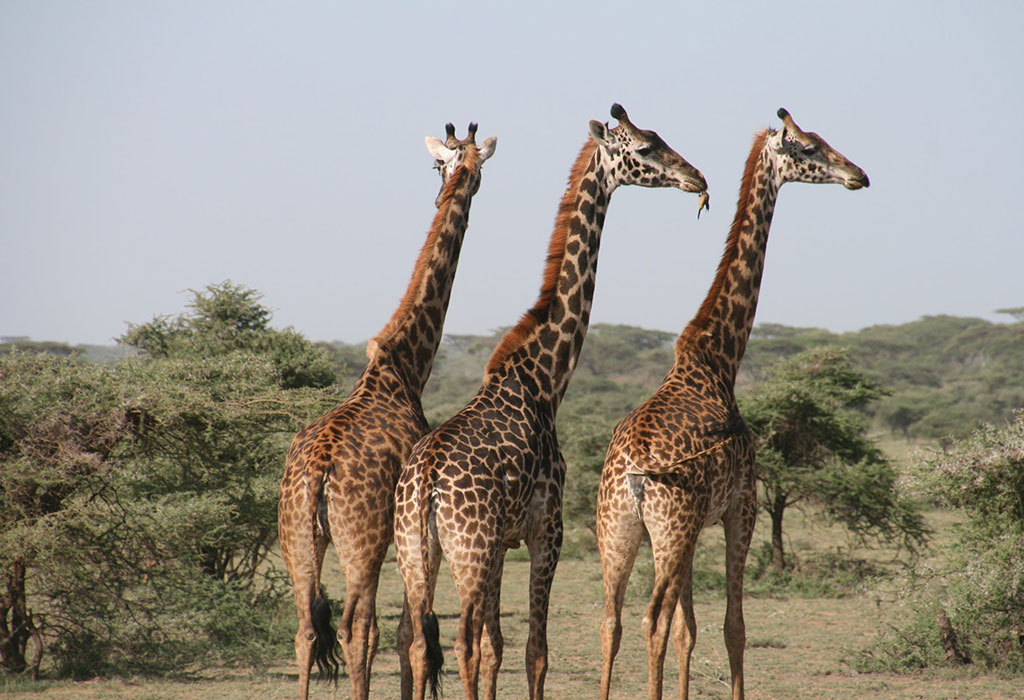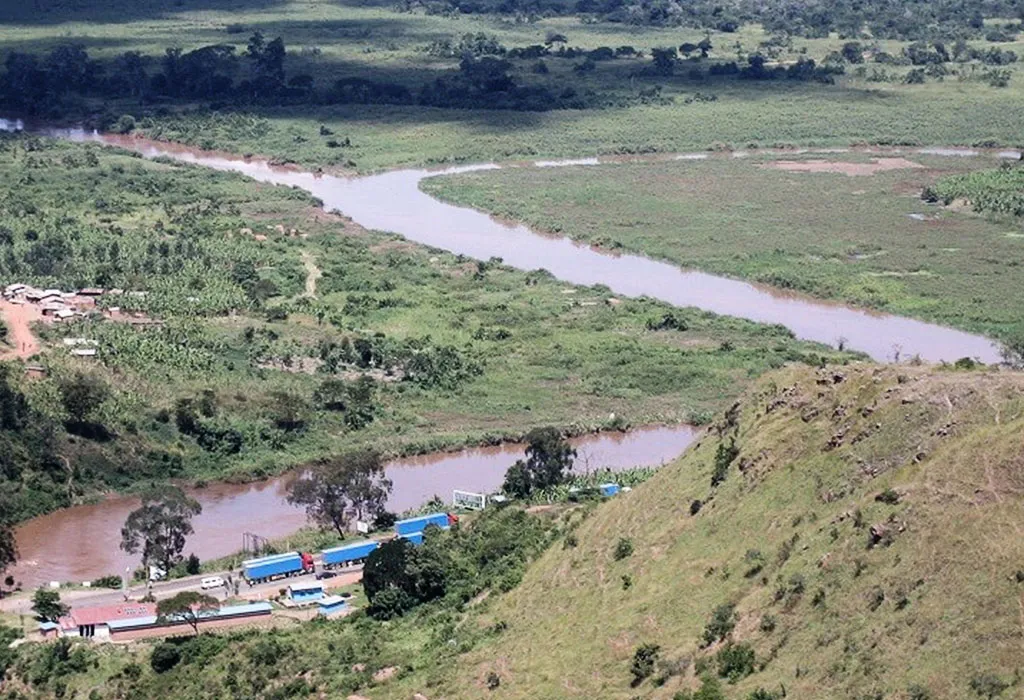What size is Akagera National Park; the park is situated in the eastern part of…
What are the main activities in Akagera
Main activities in Akagera; Akagera National Park stands as a testament to the country’s commitment to conservation and sustainable tourism. Spanning over 1,200 square kilometers, this diverse ecosystem is home to a rich array of wildlife, providing a refuge for both iconic and endangered species. The park’s main activities revolve around conservation efforts, ecotourism, and community engagement, creating a harmonious balance between the preservation of biodiversity and the promotion of responsible tourism.
Conservation initiatives are one of the main activities in Akagera. At the heart of Akagera National Park lies a profound dedication to preserving Rwanda’s natural heritage. The park serves as a sanctuary for a variety of species, including the Big Five: elephants, lions, leopards, buffalos, and rhinoceros. One of the park’s main activities involves ongoing conservation initiatives aimed at protecting these majestic creatures and ensuring the delicate balance of the ecosystem.
Akagera has successfully reintroduced black rhinoceros into the wild after their extinction in the 1990s due to poaching. Rigorous anti-poaching measures, including surveillance and community engagement, are implemented to safeguard these rhinos and other endangered species. The park’s rangers play a crucial role in patrolling the area, monitoring wildlife populations, and deterring illegal activities that pose a threat to the park’s biodiversity.
Ecotourism experiences are one of the activities and initiatives that tourists enjoy in Akagera. Akagera National Park welcomes visitors from around the globe to partake in a unique blend of natural beauty and wildlife encounters. The park’s diverse landscapes, from rolling savannahs to shimmering lakes, offer a picturesque backdrop for ecotourism activities. Game drives, guided walks, and boat safaris are among the main activities in Akagera that allow visitors to immerse themselves in the captivating environment and observe the myriad of flora and fauna.
Game drives through Akagera present an opportunity to witness the park’s diverse wildlife, from herds of antelope gracefully grazing to lions lazing in the sun. Knowledgeable guides provide insights into the behavior and ecology of the animals, fostering a deeper appreciation for the intricate web of life within the park. Boat safaris along Lake Ihema offer a different perspective, allowing visitors to spot hippos, crocodiles, and a plethora of bird species inhabiting the lakeshore.
Community Engagement: Akagera National Park recognizes the importance of involving local communities in conservation efforts and ensuring that they reap the benefits of tourism. Community engagement programs are integral to the park’s activities, fostering a sense of shared responsibility and sustainable development.
The revenue generated from tourism is reinvested in local communities through education, healthcare, and infrastructure projects.
Collaborative efforts between the park management and nearby villages aim to create a positive relationship, emphasizing the importance of preserving the natural resources for future generations. This approach not only enhances the livelihoods of local residents but also instills a sense of pride in and stewardship for the park.
In conclusion, therefore, Akagera National Park stands as a beacon of conservation, ecotourism, and community engagement. The delicate dance between safeguarding biodiversity and promoting responsible tourism is a testament to Rwanda’s commitment to environmental sustainability. Through conservation initiatives, ecotourism experiences, and community involvement, Akagera has become a model for harmonizing the needs of nature and humans, creating a legacy that extends beyond the park’s borders.
As visitors traverse the diverse landscapes and encounter the vibrant wildlife, they not only witness the beauty of Akagera but also contribute to the ongoing narrative of its preservation and the sustainable development of the surrounding communities.



